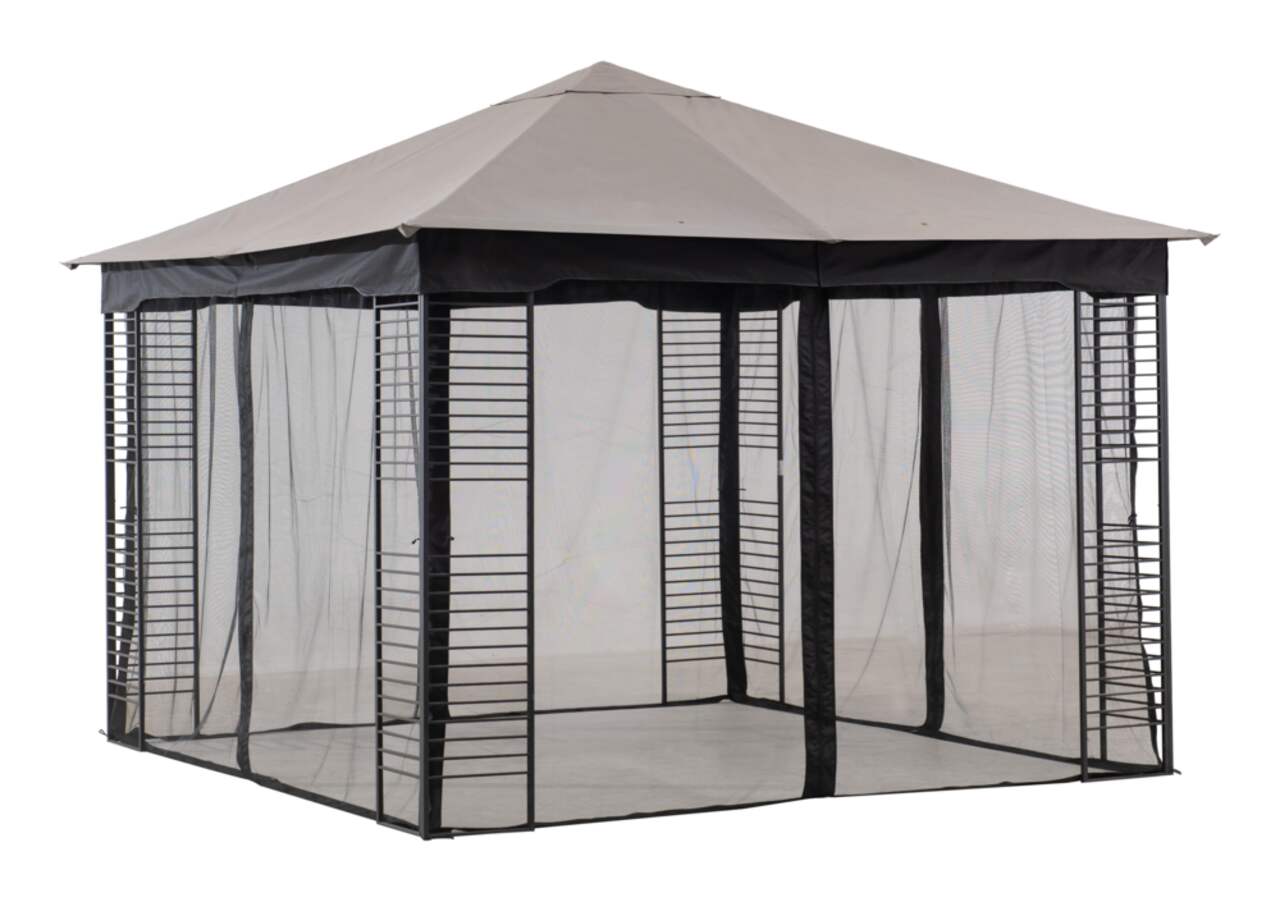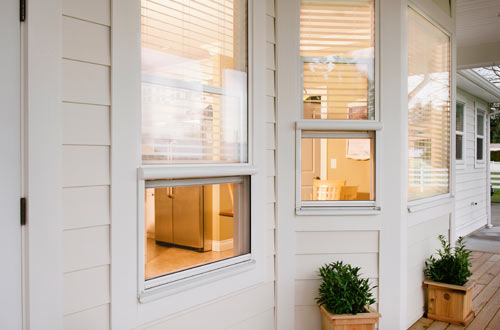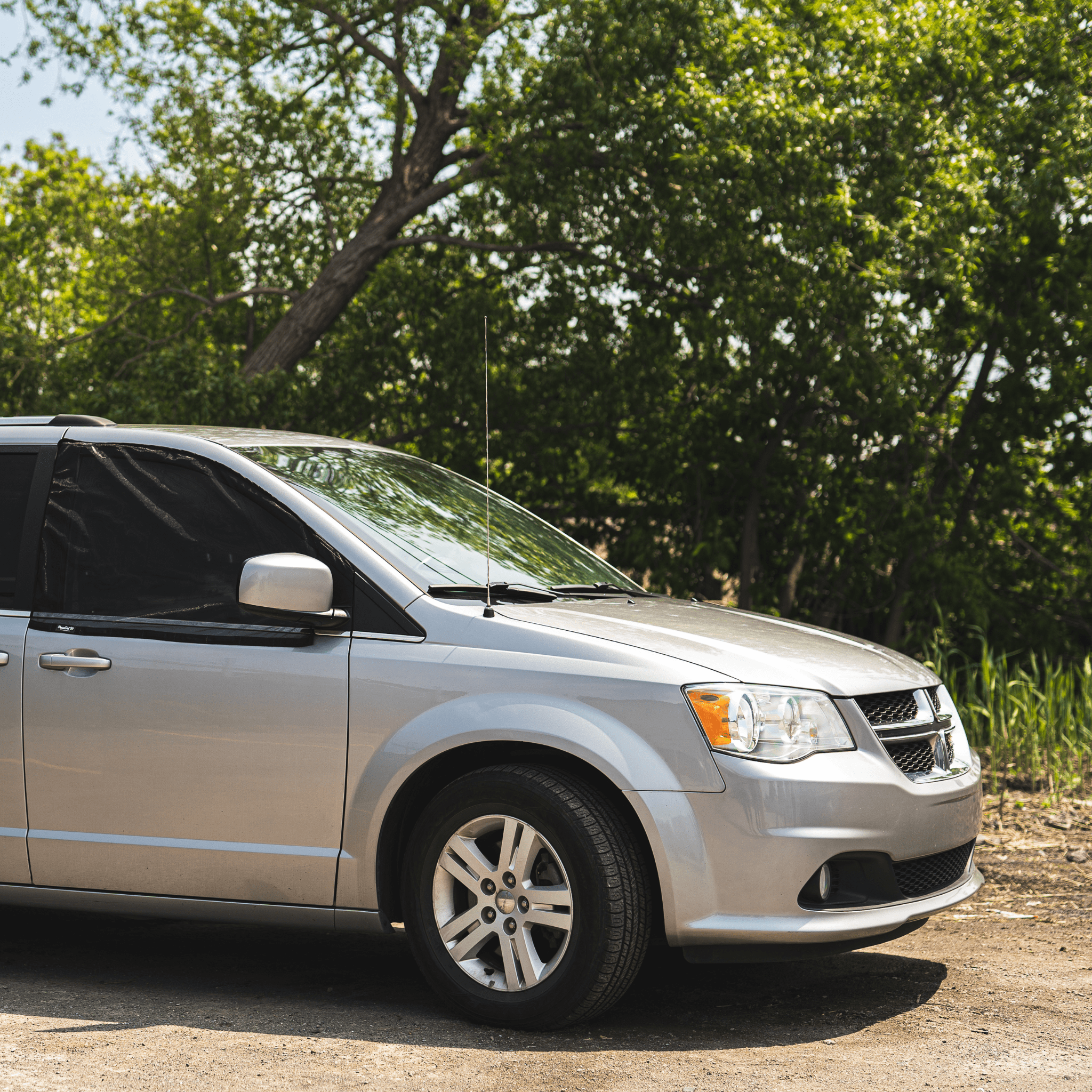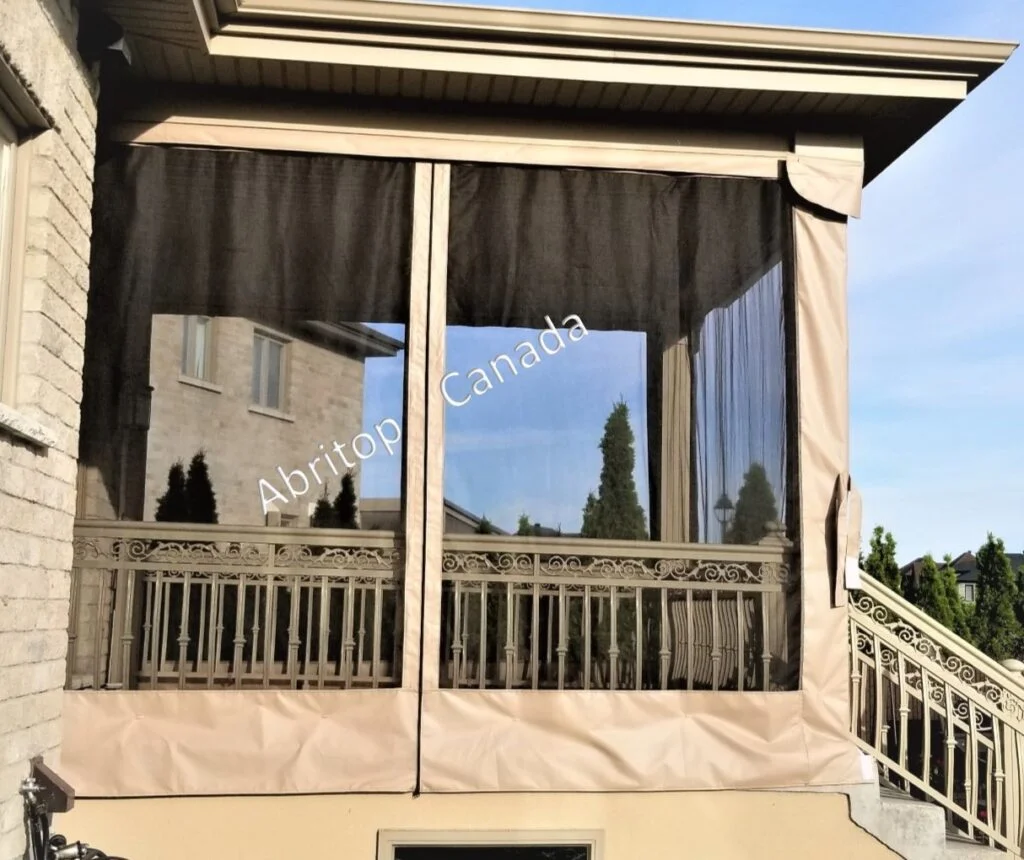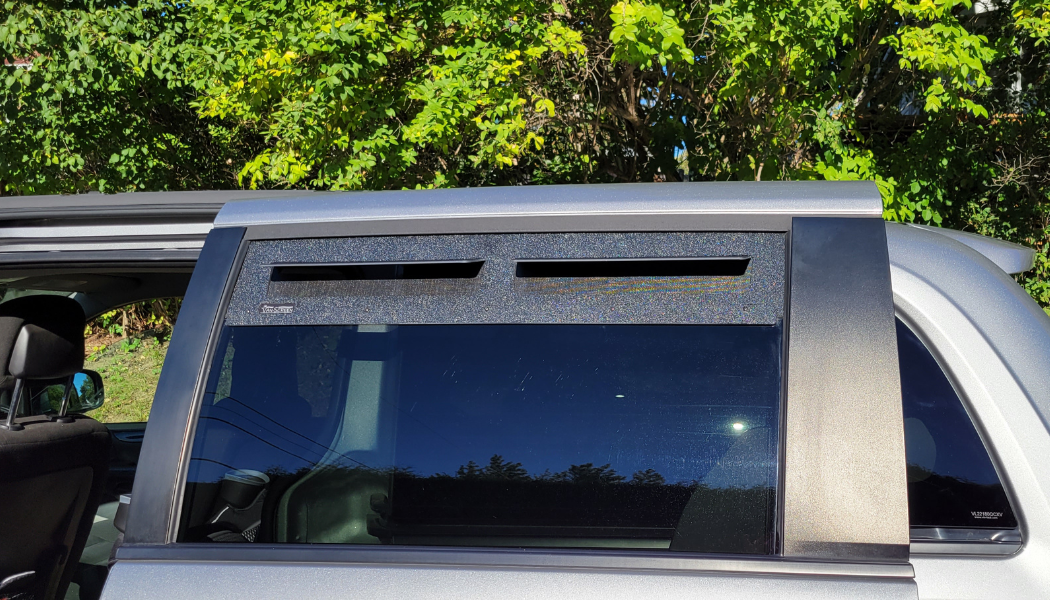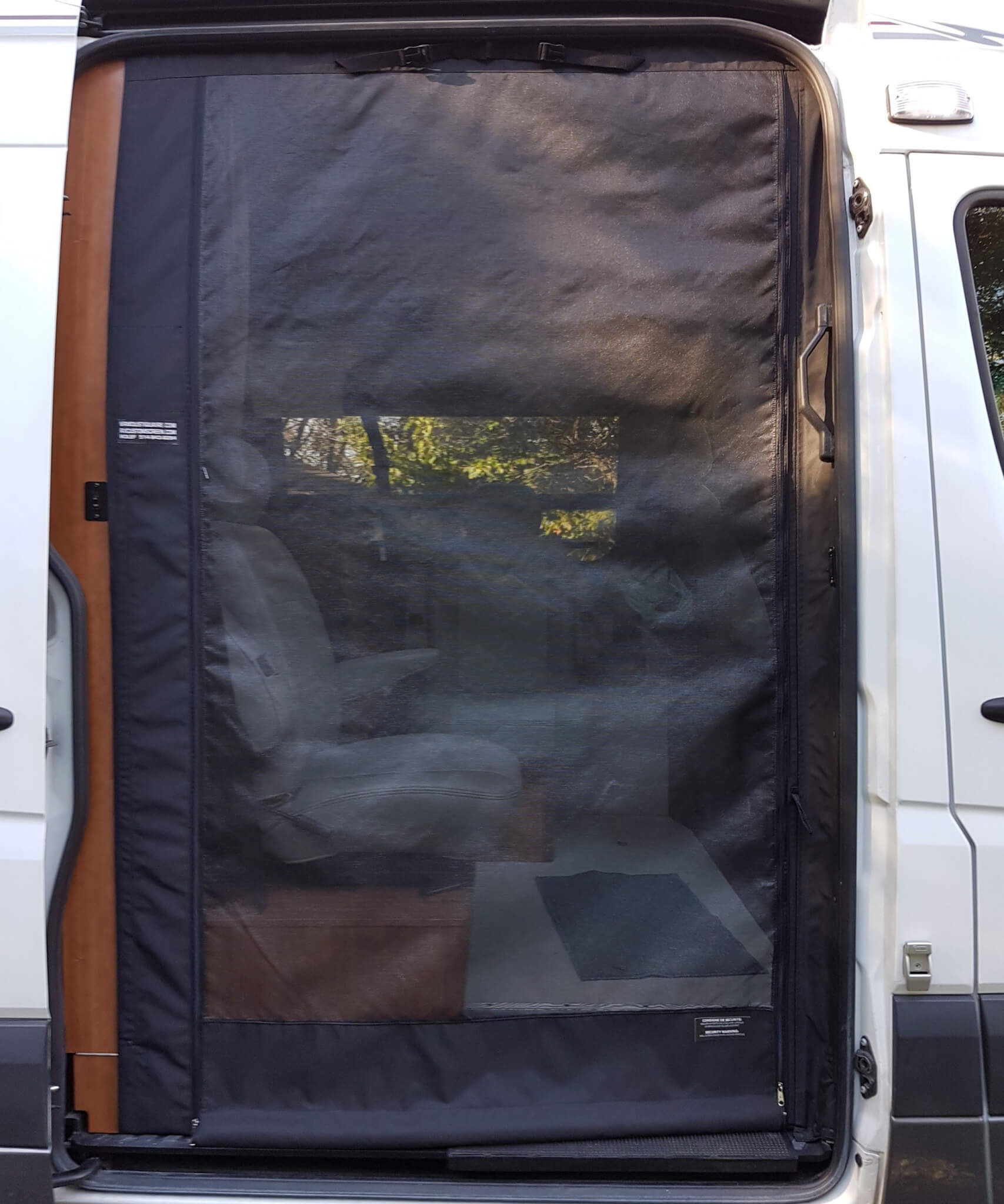
Paire de moustiquaire anti-insectes pour fenêtre de voiture, porte arrière, camping, protection contre les insectes (M : 100 x 53 cm) : Amazon.ca: Bébé et Puériculture

Moustiquaire auto-adhésive + magnétique pour fenêtre, sans perforation, anti-moustiques, pour garder les insectes/mouches/moustiques à l'extérieur, facile à utiliser, noir, 120 x 150 cm : Amazon.ca: Tout le reste

Great Canadian Goods Moustiquaire universelle pour siège auto pour bébé - Maille respirante sans danger pour bébé - S'adapte à tous les sièges d'auto pour bébé : Amazon.ca: Bébé et Puériculture

AutomendPro Lot de 4 moustiquaires pour fenêtre de voiture (taille standard) | Pare-soleil de voiture

Porte moustiquaire magnétique 115 x 210 cm auto-scellante en maille mains libres pour garder les insectes à l'extérieur pour porte d'entrée, terrasse, garage, balcon, porche – Blanc : Amazon.ca: Outils et Bricolage

1pc Moustiquaire Pour Fenêtre, Écran Nano De Protection De L'environnement, Tissu De Maille De Fenêtre, Écran De Fenêtre Anti-moustique Auto-installé, Fenêtre De Sable Invisible Domestique - Temu Canada

Voiture Pare-soleil Moustique Isolation Pare-soleil Parapluie Voiture Fenêtre Verre Pare-soleil Moustiquaire Universel Intimité Ombrage Rideau | Service Client 24/7 | Temu Canada

Moustiquaire auto-adhésive pour fenêtre, moustiquaire en fibre de verre solide, amovible, lavable, Installation facile - AliExpress





